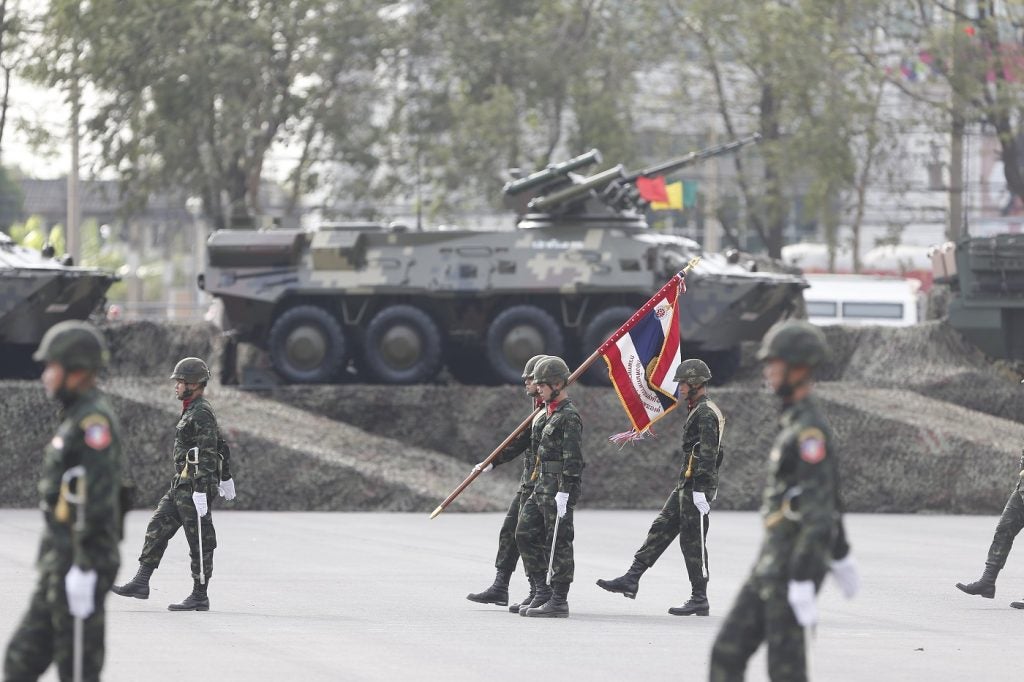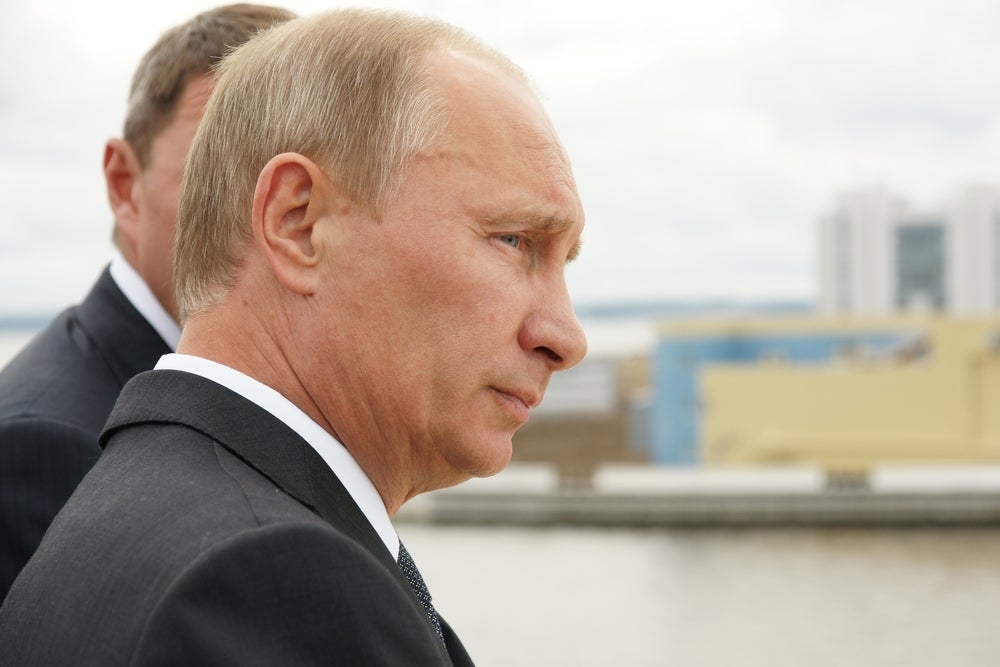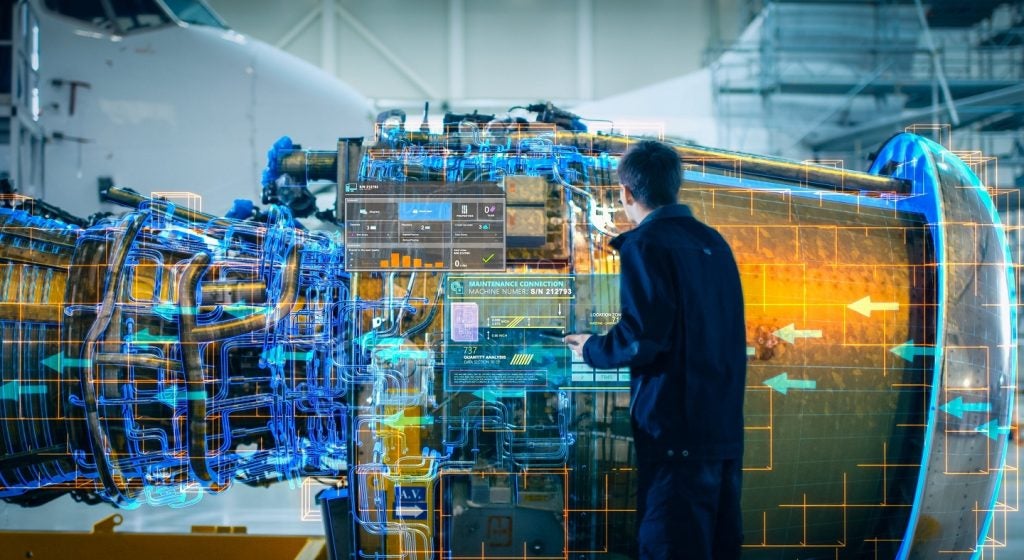Thailand's defence market is on the cusp of dynamic expansion, as the nation allocates a robust $4.5bn (Bt158bn) defence budget in 2023, according to insights from GlobalData's "Thailand Defense Market 2023-2028" report.
Despite regional challenges and internal pressures, the forecast indicates a projected compound annual growth rate (CAGR) of 5.8% in the coming years, culminating in $6bn by 2028.
Against geopolitical complexities and domestic economic resurgence backdrop, Thailand's Navy, Air Force, and Army are primed for modernisation, offering promising avenues for foreign defence companies to collaborate and enter the market.
A renewed focus on strengthening its defence capabilities sees Thailand embarking on a strategic growth trajectory, unveiled by GlobalData's comprehensive report, "Thailand Defense Market 2023-2028."
Navigating Thailand's policy reforms: transparency and collaboration
In the realm of defence procurement, policy reforms are driving change. Thailand's Future Forward Party's proposal to involve civilian entities and journalists in the procurement process reflects a commitment to transparency and oversight, reducing the potential for irregularities.
Concurrently, the offset policy incentivises foreign investors to collaborate with local firms, enhancing the domestic defence industry's capabilities and reducing reliance on imports.
Strategic market entry: collaborations and exhibitions
Foreign defence companies eyeing Thailand's defence market are presented with a range of strategic entry points. Government-to-government transactions, collaborations with domestic players, and participation in defence exhibitions like the Asian Defense and Security Exhibition facilitate engagement with key decision-makers and officials.
The transformation of U-Tapao International Airport into an aerospace hub further highlights the South East Asian countries intent to attract foreign investment and technological expertise.
A multi-dimensional defence strategy: Navy, Air Force, and Army
The Navy, Air Force, and Army are collectively advancing their modernisation efforts, signalling opportunities for foreign defence entities. Acquiring military fixed-wing aircraft, submarines, and artillery systems showcases the nation's intent to bolster its defence capabilities across land, sea, and air.
Collaborations with established defence partners and expanding domestic capabilities further enhance Thailand's defence landscape.
Meeting economic and geopolitical challenges
While Thailand's defence sector offers alluring prospects, challenges persist. The potential for corruption, limited defence budgets, and the threat of substitution are among the obstacles prospective investors must navigate.
However, aligning defence growth with economic development strategies and global engagement initiatives positions Thailand's defence market as an attractive avenue for foreign collaboration.
Strengthening Thailand's security and prosperity
As Thailand charts its defence trajectory, its commitment to security is intertwined with its economic aspirations.
Embracing policy reforms, engaging in strategic alliances, and fostering innovation, Thailand's Navy, Air Force, and Army sectors offer an array of opportunities for foreign defence companies to contribute to a future defined by security, prosperity, and technological advancement.
Thailand's defence market embodies a confluence of growth drivers, policy reforms, and strategic collaborations. With a resilient budget and a multifaceted approach encompassing its Navy, Air Force, and Army, Thailand is poised to fortify its defence capabilities while inviting foreign companies to play a pivotal role in shaping its security landscape.











